South Africa has five Robin-Chats and the Cape Robin-Chat (Cossypha natalensis) is identifiable by its dark back and short, white supercilium. It has a pale orange throat, upper breast and rump. They have black legs, which differentiates them from the juveniles of Chorister Robin-Chat.
They are found in a wide range of habitats including thickets, bracken, heath , scrub and gardens. The Cape Robin-Chat featured in the videos below is a frequent visitor to my garden and enjoys the selection of food that I leave out for him.
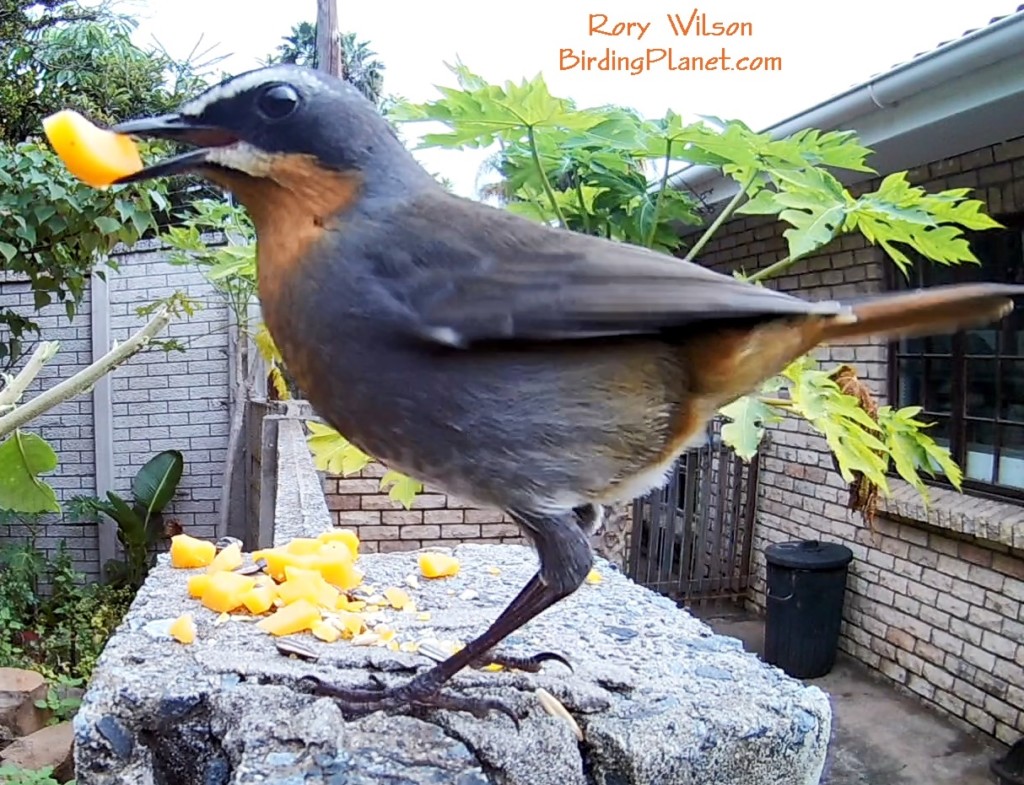
Cape Robin-Chat Diet
They have quite a varied diet that includes a range insects, mainly moths, termites, beetles, ants, and caterpillars. They also enjoy ripe fruits and, as shown in my videos below, the seem to love cheese!
This was the first time I managed to get an extreme close-up of him taking some cheese from my wall.
Then, a few days later, I managed to film him again coming back for another snack:
Cape Robin-Chat Call
Most Robin-Chats accomplished songsters and mimics, and the Cape Robin-Chat is no exception: Its song is a series of melodious phrases and it often mimics other birds. The males sing throughout the year from the foliage of bushes and trees.
There is a particular Cape Robin-Chat which was recorded mimicking the calls of 36 species of birds, proving it to have a total of near 75 different calls! (Roberts VII Multimedia PC Edition).
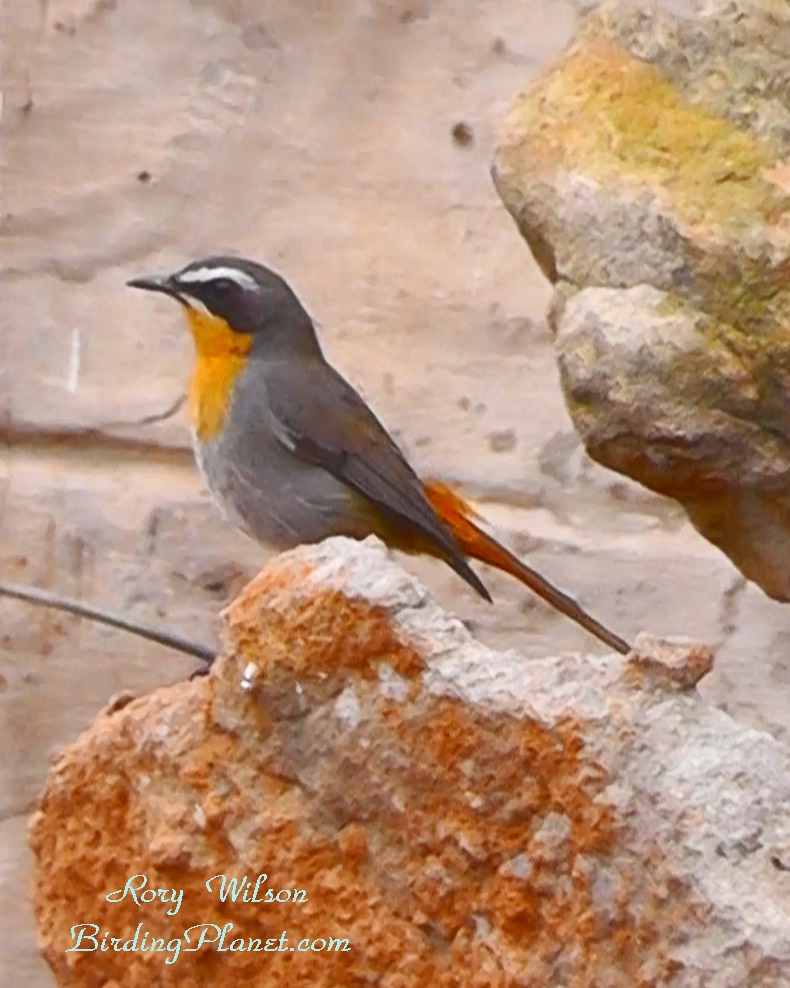
Size Comparison
The Cape Robin-Chat is about the size of a house sparrow. It is around 16–17 cm from head to tail; and weighs around 25–34 g. To give a more graphical representation of this; the image below shows a Cape Sparrow sitting next to a Cape Turtle Dove.
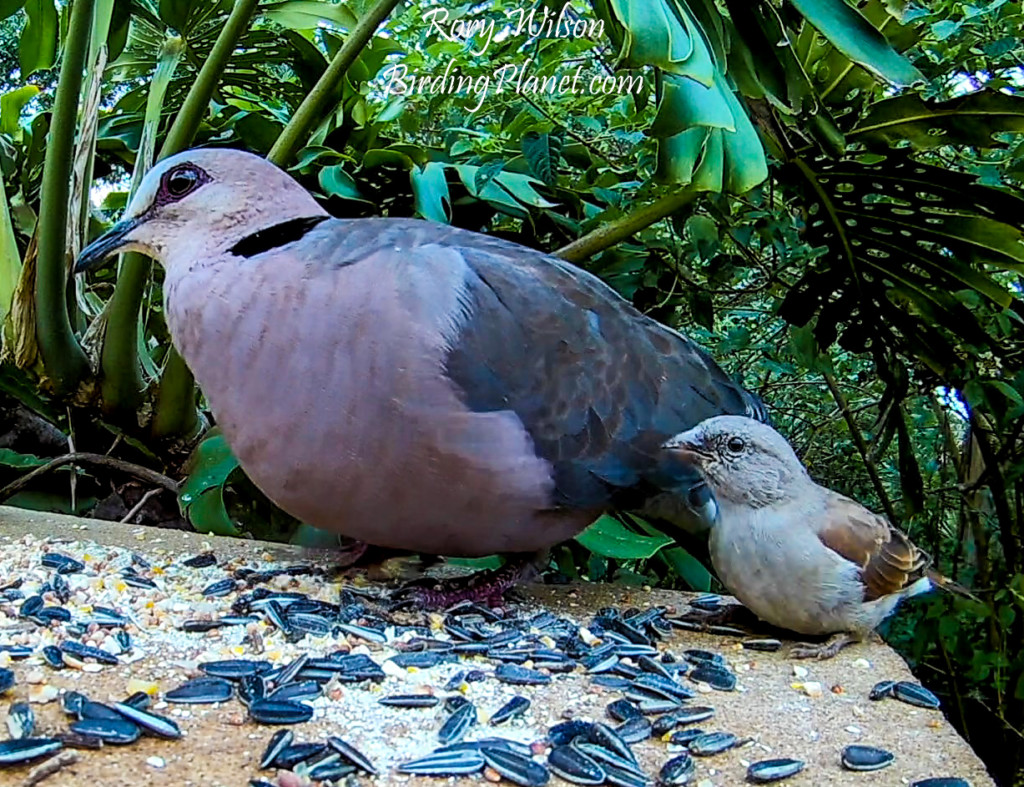
Breeding Habits
Generally Robin-chats lay between one and three eggs and the Cape Robin-Chat can breed more than once in one season. Some pairs of the Robin-Chats will raise two broods in a season. The females incubate the eggs for about two weeks and the chicks obtain feathers about two to three weeks after hatching.
Both parents play a part in feeding the young for the first six weeks, and both parents will defend the nest fiercely, attacking predators such as snakes.
COMMON NAME: Cape Robin-chat
LATIN NAME: Cossypha caffra
LENGTH: 17 cm
WEIGHT: 28 g
Get six digital books when you make a small donation to bird conservation. Click the image below for details and use coupon code BPLANET for a 20% discount at checkout.
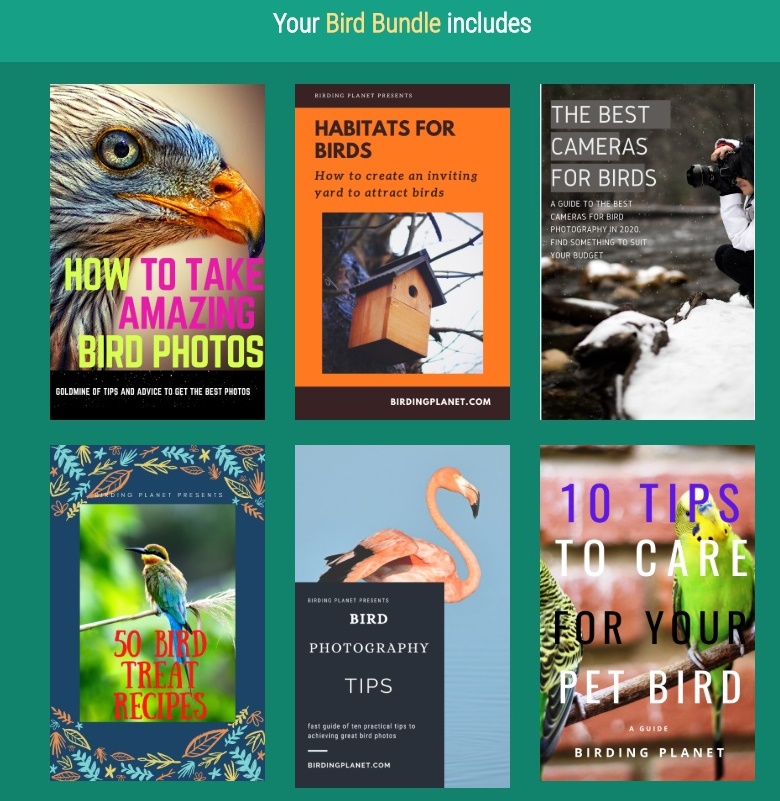
Come join our Birding Planet Facebook group, click the image below.

10 Tips on How to Care for Your Pet Bird
Ten tips from the experts on how to give your pet bird the proper care it needs to thrive and be healthy.Share this!See also Fork-Tailed Drongo Video
Habitats For Birds
As you learn to enjoy the beauty of birdlife around your home, you may wish to improve the “habitat” in your yard so that more birds will visit your property. It doesn’t matter where you live – in an apartment, townhouse or single family dwelling, in the city, suburbs or country. Just stand still and…Read More
50 Common Birds of North America
50 common birds of NA with images. Great for getting started or learning. Share this!See also Get this Beautiful Bird Book while you Support a Great Social Cause
50 Recipes for Bird Treats
Recipes For The Birds gives you 50 easy to make bird treat recipes. Everything from bird cookies to bird salad, birdie breakfast to bird pizza, you can create a cuisine that the birds will just love! Recipes For The Birds will make the birds start flocking to your own 5 star restaurant for the birds in your backyard.…Read More
750 Bird Checklist of North America
700 pages of N. American birds and identifying tips. Share this!See also Bird Photographers: Earn Money with your Photos!
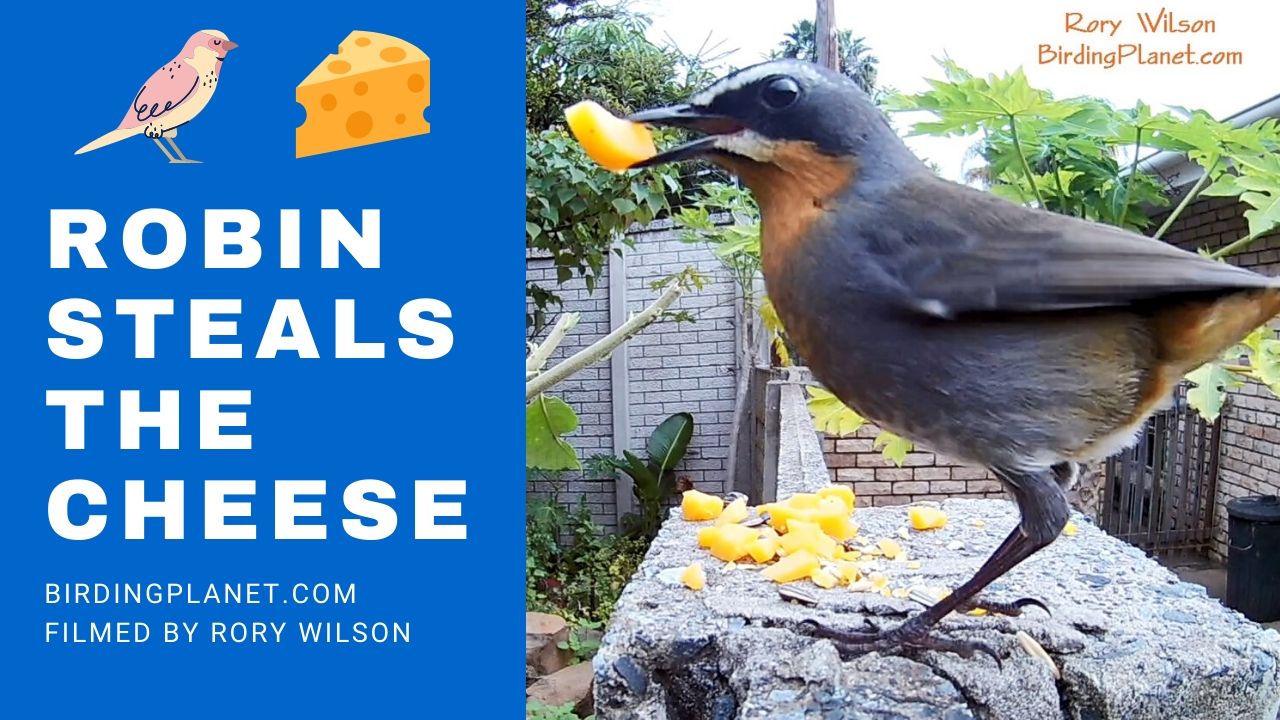

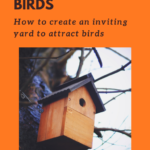
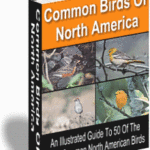
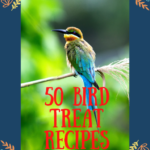
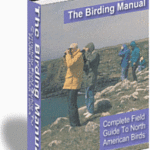
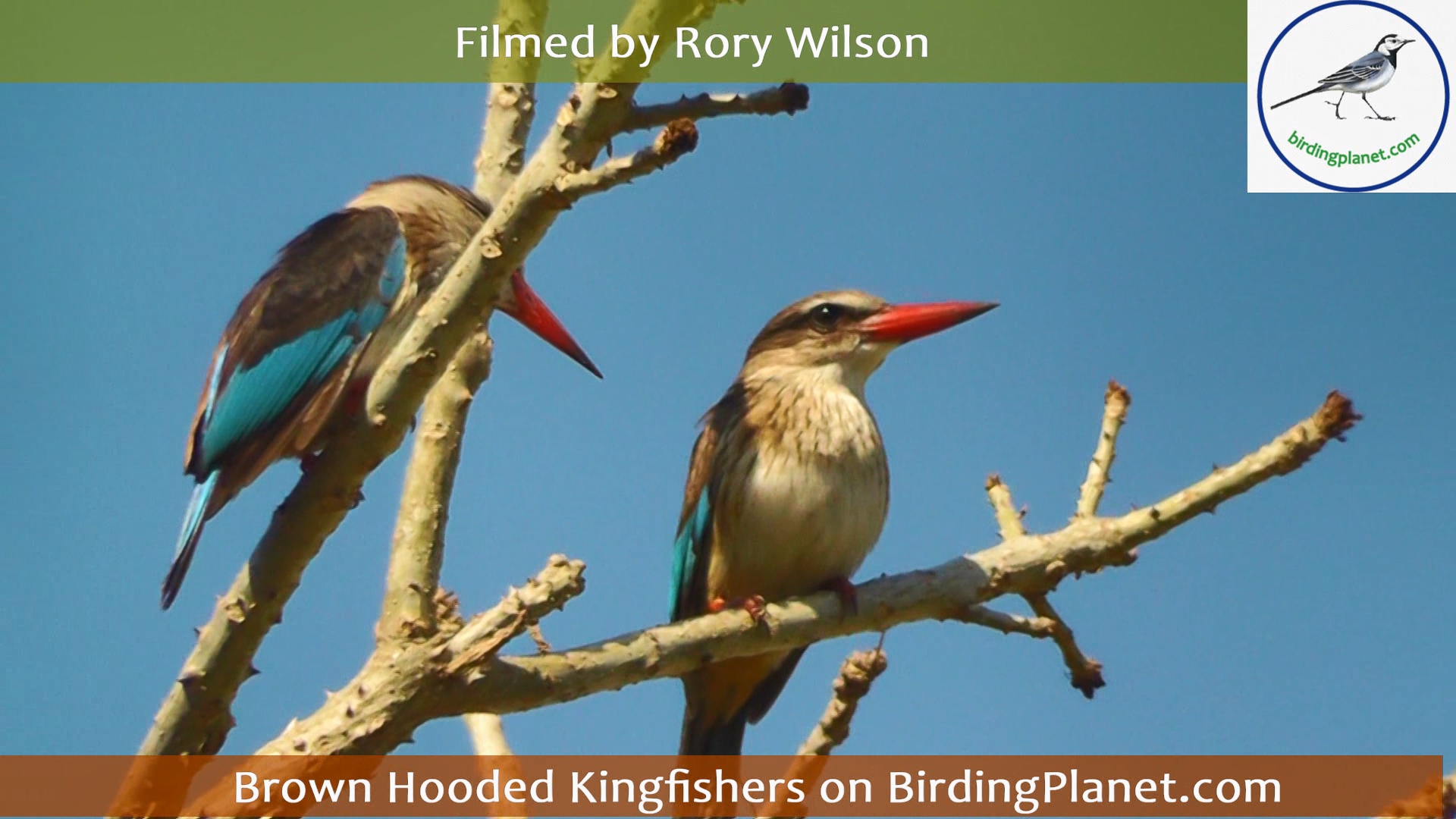
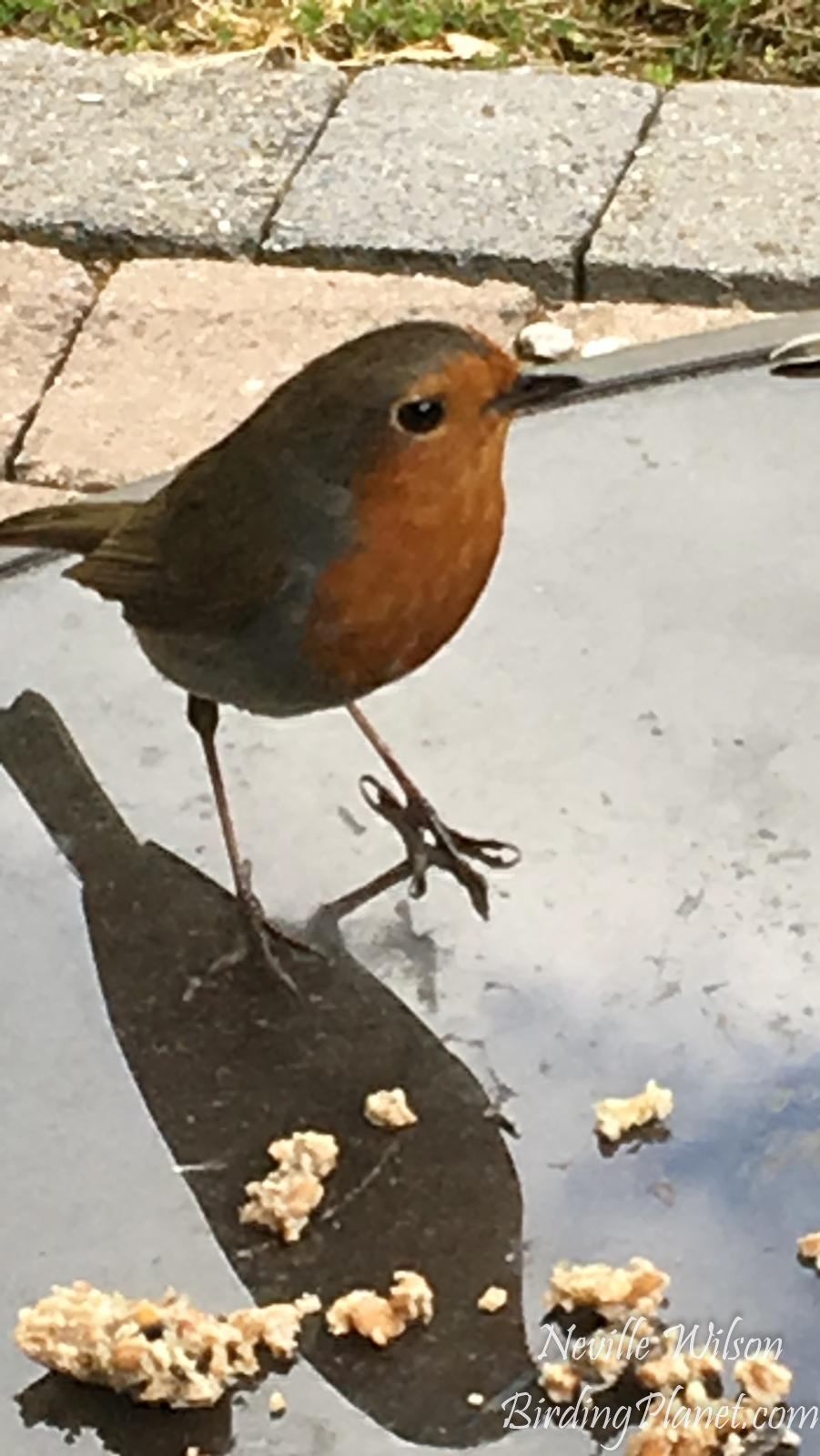



Reader Comments